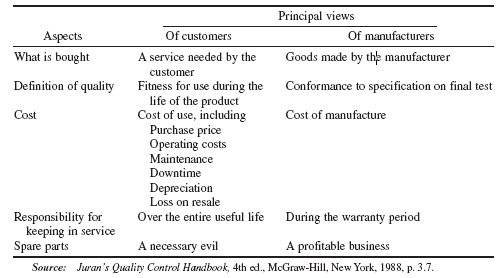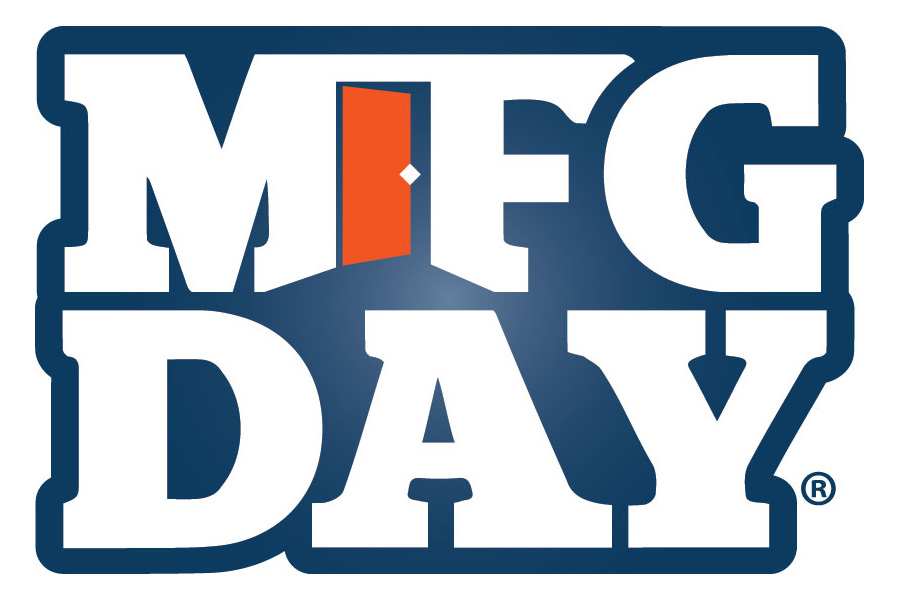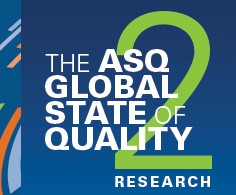CUSTOMER PERSPECTIVE
Quality product is not the same as expensive product; because low priced products can be considered as having high quality if the customers determine them as such.
Therefore, it is an imperative for every company to identify such needs early in the product/service development cycle; it will place a firm ahead of its competitors in the market. The common mistake made by some companies is to put features in products/services what they suppose are the best ones for the customer; when actually they are not what the customer expect.
Just to mention, the VOC (Voice of the Customer) and the Kano model play important roles during the identification of such needs (I’ll talk about customer satisfaction, VOC and Kano Model in another posts)
Focused on customer satisfaction, Peter Drucker in his book “Innovation and Entrepreneurship” (1985) defined quality as follow:
|
Quality Definition
|
|
|
Peter Drucker
|
“Quality in a product or service is not what the supplier puts in. It is what the customer gets out and is willing to pay for. Customers pay only for what is of use to them and gives them value. Nothing else constitutes quality.”
|
To most customers, quality means those features of the product which respond to their needs, including freedom from failures, plus good customer service if failures do occur. Here is when the best quality definition is “fitness for use.”
In contrast, many suppliers had for years defined quality as conformance to specification at the time of final product test. This definition fails to consider numerous factors which influence quality as defined by customers: packaging, storage, transports, installation, reliability, maintainability, customer service, and so on.
Next table shows some of the differences in viewpoint as applied to long-life goods.
OTHER DEFINITIONS
Before finish, I would like to share 2 other experts’ thoughts about quality that are interesting to analyze quality in a bit different ways:
|
Quality Definition
|
|
|
Robert M. Pirsig
|
“Quality is a characteristic of thought and statement that is recognized by a non thinking process. Because definitions are a product of rigid, formal thinking, quality cannot be defined. But even though quality cannot be defined, you know what quality is!”
“Quality is like modern art. We may not be able to define great modern art; but we frequently (almost always) recognize it when we see it.”
|
|
David A. Garvin
|
“There are 5 approaches to defining quality that cover the meaning of quality to managers, operators and customers: transcendent, product-based, user-based, manufacturing-based, and value based approach.
Also, there are 8 critical dimensions of quality that can serve as a framework for strategic analysis: performance, features, reliability, conformance, durability, serviceability, aesthetics, and perceived quality.”
|
See the following Post to read more about Dr. Garvin quality approaches and dimensions:
CONCLUSION
Is any definition “more correct” than the others?
Is one quality expert “right” and the others “wrong”?
Is it the most fundamental definition of quality to meet the consumer’s expectations; or is it the fulfillment of requirements? Or both?
Well, the result is an endless debate.
So, how do you define quality?






4 Comments
Keshav · January 26, 2012 at 3:27 pm
Nice article.
I define quality as “a degree to which the product has a set of inherent distinguishing features (existing in the product as a permanent characteristics) that fulfill implied requirements of the product and also stated and obligatory (statutory and regulatory) requirements including customer requirements and those requirements: that protect and save environment, that have affordable cost for the customer, that has positive impact on society, that respect human rights, that respect international norms of behaviour, that safeguard health and safety, that conserve energy and that maintain security requirements so as to achieve and enhance satisfaction and success of the organization and its customer.”
Note –
1. Product also means service.
2. The term ‘quality’ can be used with adjectives.
© September 2011 – Keshav Ram Singhal, Ajmer, India.
Please see link http://iso9001-2008awareness.blogspot.com/2011/09/need-to-look-afresh-on-quality.html
With best wishes,
KRS
Jimena Calfa · January 26, 2012 at 8:54 pm
Great definition of Quality! Awesome blog post, too!
Thanks for stopping by, and sharing your thoughts.
Keep in touch!
BobbyG · August 9, 2012 at 5:29 pm
The big buzzword in Health Care these days is "value." Simply
"quality / cost"
In this context "quality," fuzzy as it might often be, is properly about "outcomes." Tough to measure quantitatively (in a single number, anyway). If, say, hospital A performs a hip replacement or CABG px, with the same ongoing clinical outcomes as hospital B, but at half the cost, hospital A, in a very real sense, has delivered twice the value.
Jimena Calfa · August 9, 2012 at 7:36 pm
Thanks Bob for stopping by.
And I agree with you, value to your customers is the main goal in pursue quality.
Keep in contact!
Comments are closed.